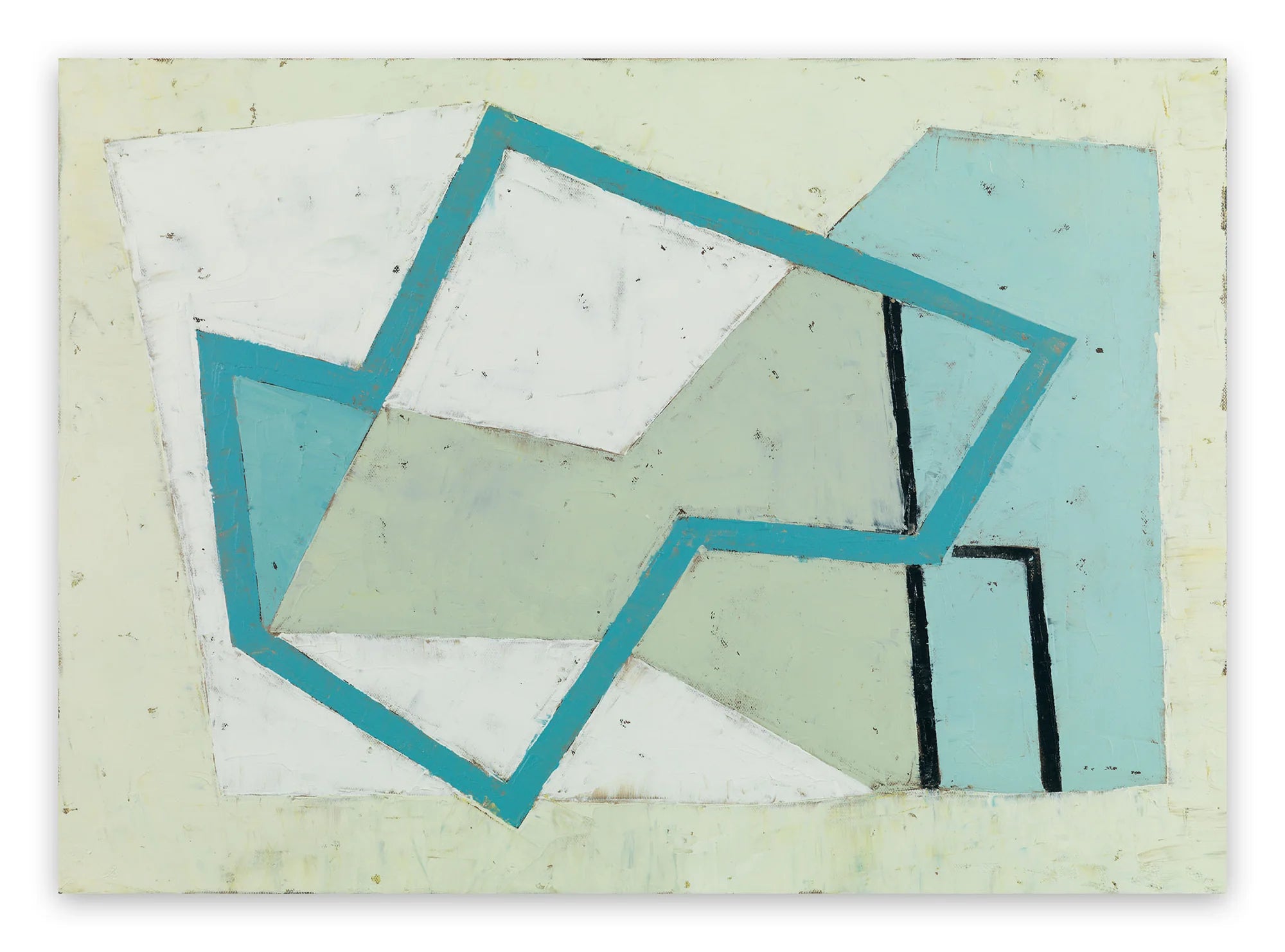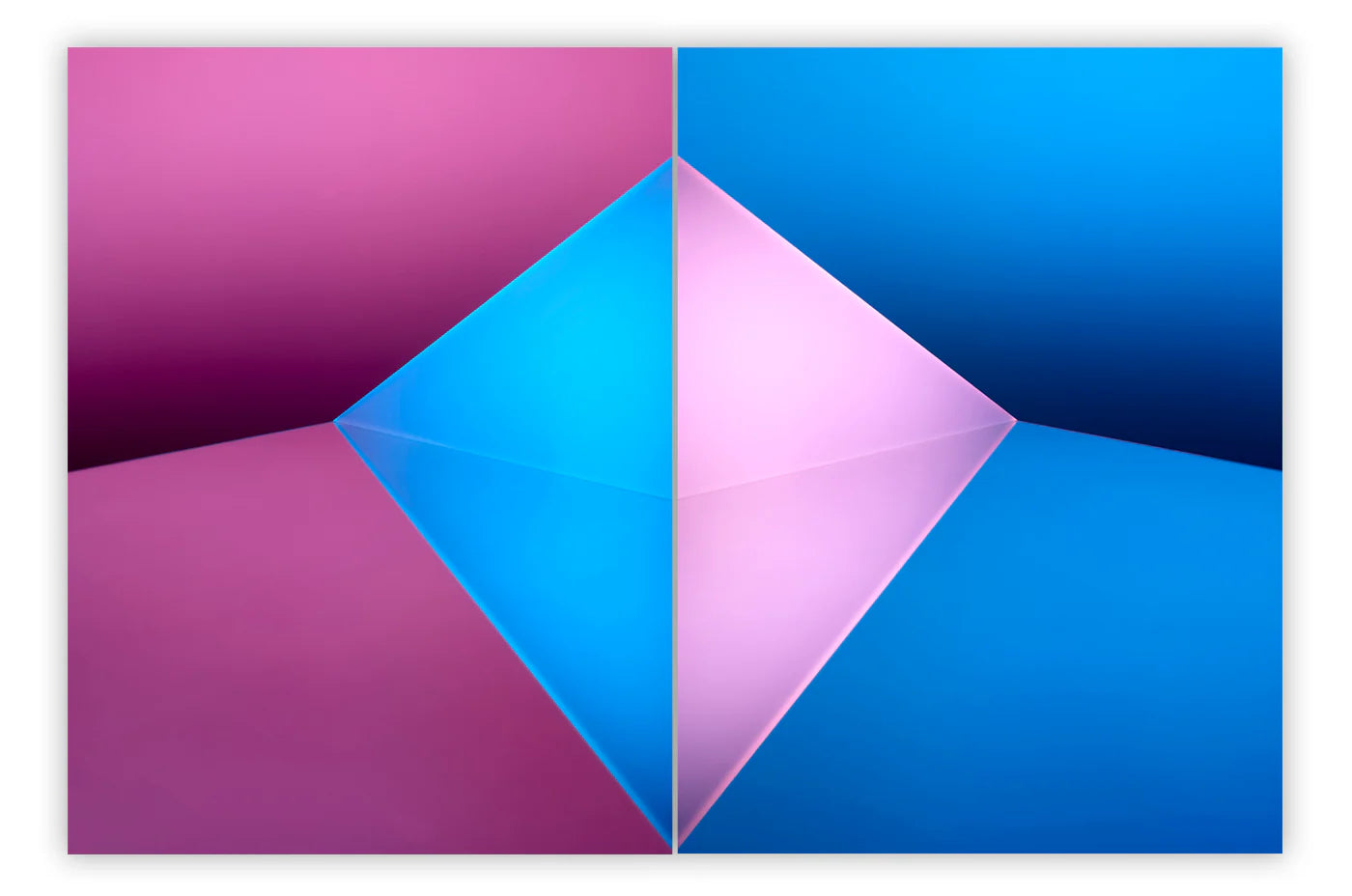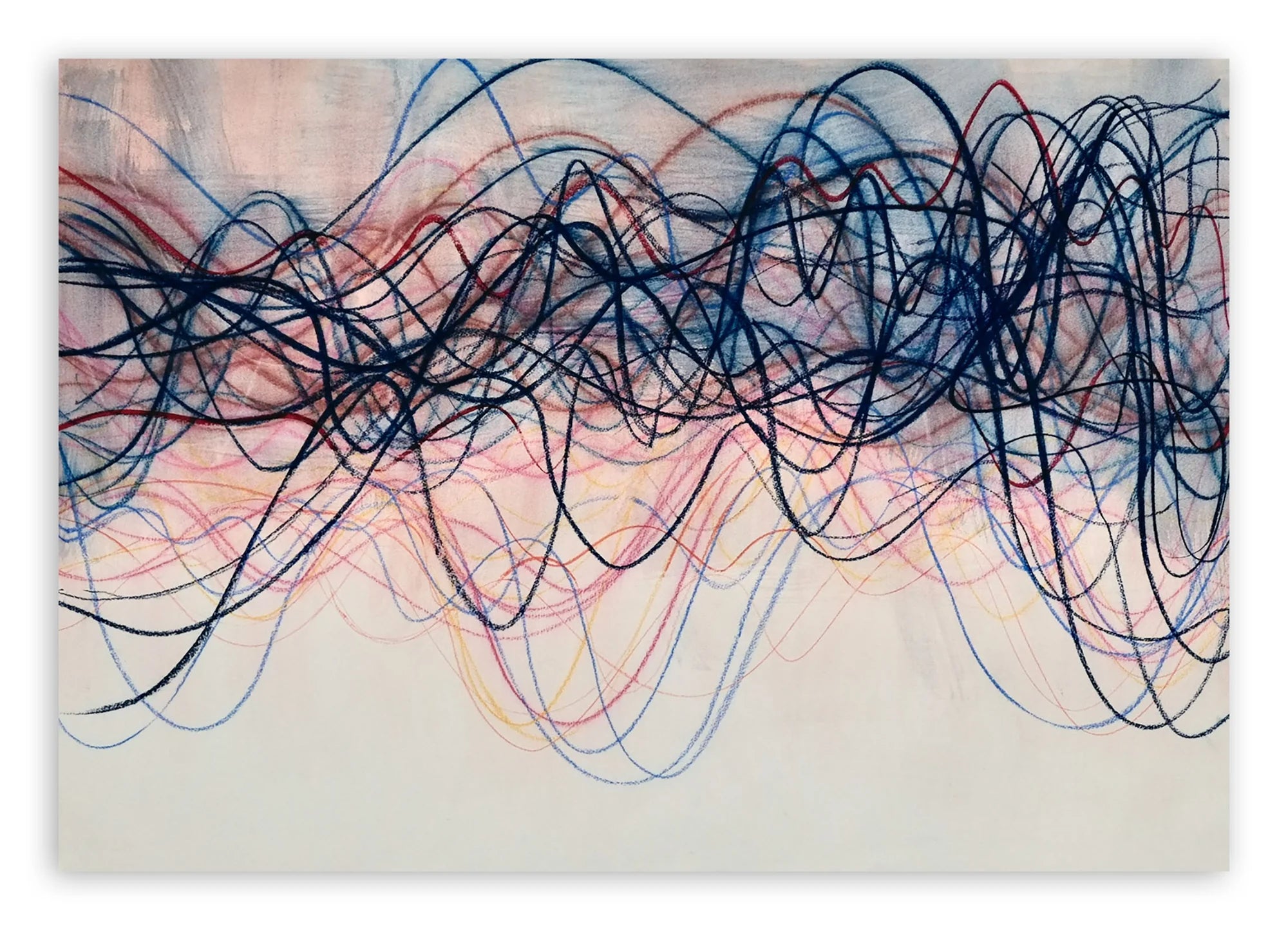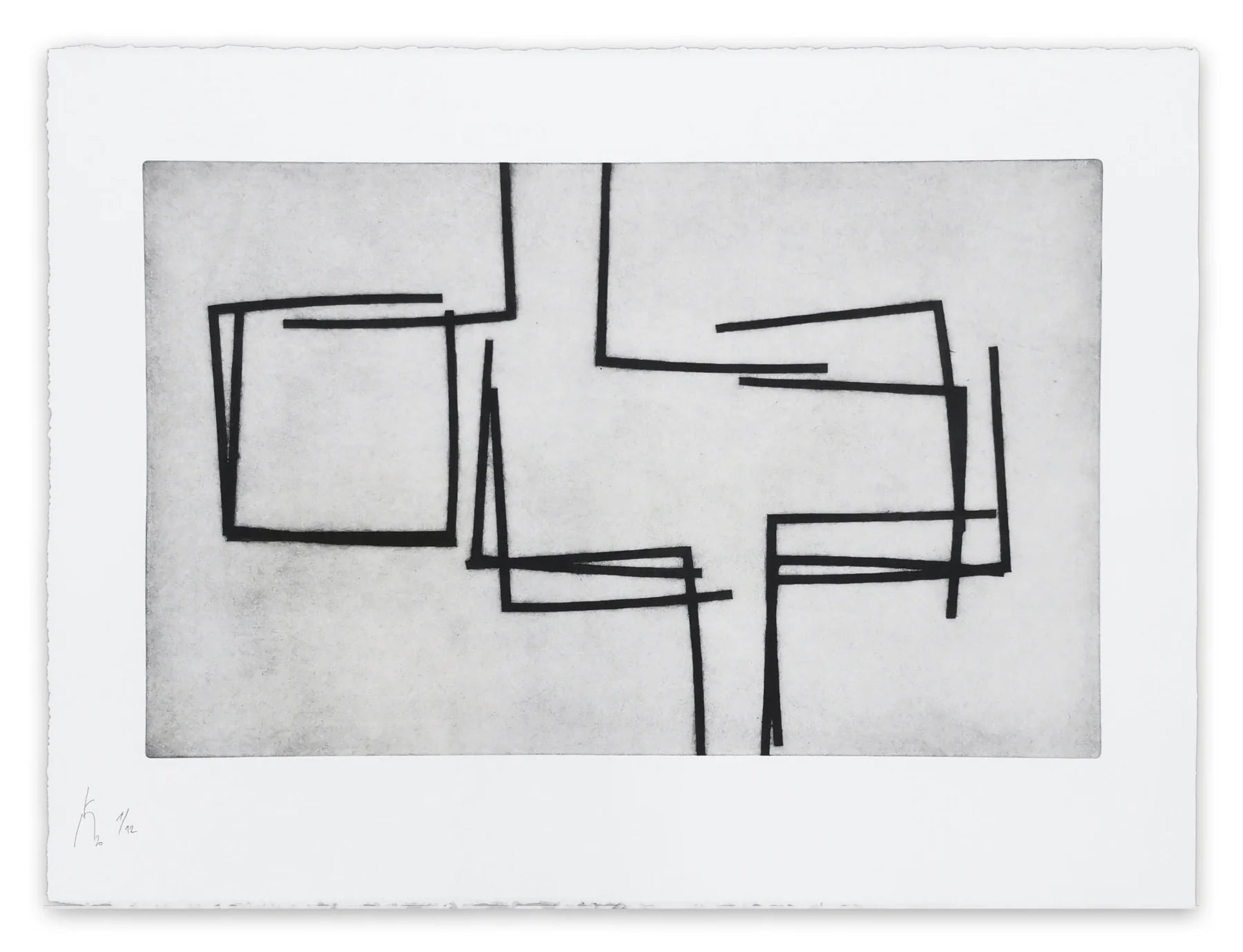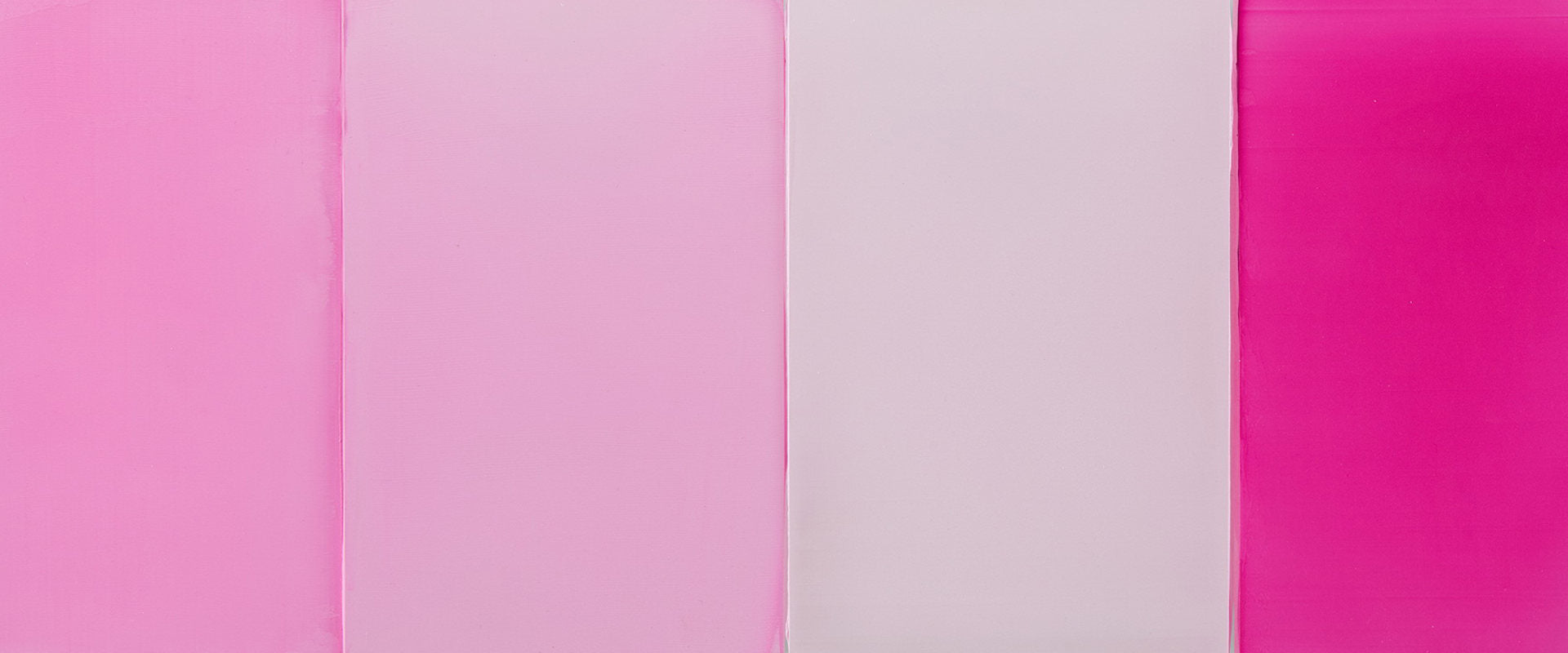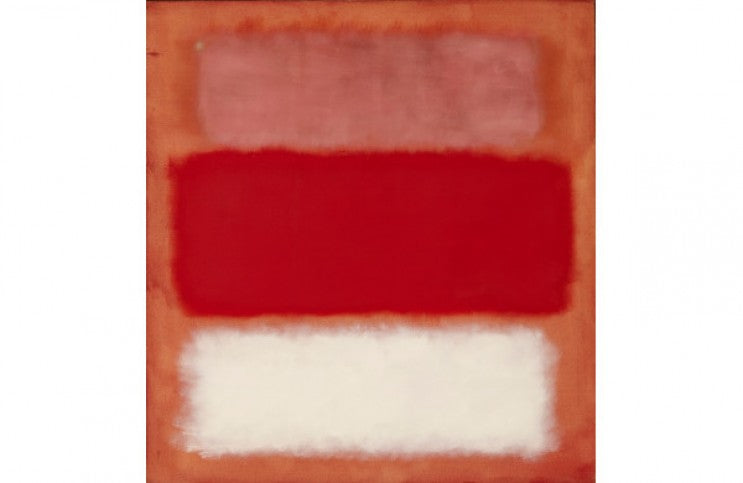
Can We Consider Andreas Gursky an.. Abstract Photographer?
The physical world often seems like a vast and indifferent place; a fact German photographer Andreas Gursky will not let us forget. Some call Gursky a documentary photographer because of the realistic images he captures of our world. His photographs do seem at first only to document the natural and built environments, and the people and animals that incidentally inhabit them. The images are not sentimental; they are straightforward. But something about the point of view from which they are shot, and the scale of the landscapes they present to us, invites us into a deeper interpretation of their components. Gursky has an eye for identifying the passing moments when the hidden substructure of our universe becomes visible. His photographs do not only show us their obvious subject matter—the physical world; they also reveal to us the patterns, symmetries, and harmonies that govern the relationships that exist between the aesthetic elements of that world and ourselves.
New Typologies
It is no surprise Andreas Gursky has an intuitive photographic eye. He has spent his entire life immersed in the craft. His parents owned and operated a commercial photography business in West Germany when Gursky was a child. But it was only in his 20s that Gursky began taking the idea of becoming a professional photographer seriously. He entered the Folkwang University of the Arts in Essen at age 23 with the intent of becoming a photojournalist. But three years later he moved to Düsseldorf, where he refocused on becoming a photographic artist.
Gursky enrolled in the Kunstakademie Düsseldorf in 1981, and after a year studying fundamentals had the good fortune of being accepted into classes taught by Bernd and Hilla Becher. Even today, the Bechers are legendary for their explorations of what they called Typology: the photographic study of categories of forms. They assembled photographs of similar architectural objects, like water towers, and presented them as almost anthropological studies. The effect was to transform the objects into abstract symbols that simplified the visual landscape.
 Andreas Gursky - James Bond Island III, Inkjet print, 120 9/10 × 87 9/10 in, 2007, White Cube, © 2019 Andreas Gursky
Andreas Gursky - James Bond Island III, Inkjet print, 120 9/10 × 87 9/10 in, 2007, White Cube, © 2019 Andreas Gursky
Human Typological Relations
Andreas Gursky embraced the typological studies of the Bechers, and expanded on their work in three fundamental ways. Firstly, the Bechers worked in black and white, which further simplified their typologies, adding to the abstract nature of their imagery. But Gursky quickly adopted color photography. Secondly, the Bechers avoided including humans or animals in their photos, turning their images into purely academic studies of form and shape. Gursky, however, embraced the presence of humans and animals in his work, a choice that brought new levels of context to the typological elements of his work.
Finally, and perhaps most significantly, a difference emerged between how the Bechers and Gursky handled the natural environment. Elements of nature are certainly present in the photographs of the Bechers. But they chose a perspective that gave the built world dominance over nature. They photographed their subjects from a low angle, and only in the presence of natural elements that seem dwarfed by the surrounding architecture. Gursky took the opposite approach. He chose a high point of view, a perspective that showed the truly massive scale of nature. The typological patterns and forms that appear in Gursky’s work are a mix between those that exist in the vast natural world and those that have been created by humans. His perspective gives more weight to the grand scale of nature than to the petty scale of the human-built world.
 Andreas Gursky - Ocean II, Chromogenic Print, 136 1/2 × 98 in, 2010, Gagosian Gallery, © 2019 Andreas Gursky
Andreas Gursky - Ocean II, Chromogenic Print, 136 1/2 × 98 in, 2010, Gagosian Gallery, © 2019 Andreas Gursky
Pattern and Form
What is most off-putting about the photographs Andreas Gursky takes is the way they seem to treat their human subjects. The humans seem like typological elements themselves, devoid of inner depth. Some of Gursky’s most famous photographs show large gatherings of people, on the beach, at a pool, on the floor of a stock exchange, at a concert, or at work on a factory floor. The people do not seem like people at all. They dissolve into patterns and forms: aesthetic counterbalances to the patterns, forms, shapes, colors and lines surrounding them.
The impersonal, unsentimental approach Gursky takes to his human subjects could easily be read as an anti-social statement. These pictures indeed suggest the word humanity has less to do with individual character and heart, and more to do with repetition and conformity. But simply showing us the visual components of our world should not imply judgment. Gursky may not be suggesting anything specific about the people in his pictures. He may simply be taking note of the fact that humanity and its built world tend to follow the same aesthetic constructs as the universe at large.
 Andreas Gursky - Pyongyang I, C-print, 120 9/10 × 84 4/5 in, 2007, White Cube, © 2019 Andreas Gursky
Andreas Gursky - Pyongyang I, C-print, 120 9/10 × 84 4/5 in, 2007, White Cube, © 2019 Andreas Gursky
Digital Manipulation
The question of whether Andreas Gursky can be considered an abstract photographer has much to do with what element of his photographs we choose to focus on. If we look at the details of the images and analyze them from a scientific standpoint, he could simply be deemed a realistic, documentary photographer. But there is at least one bit of evidence that suggests we should not do that. In the 1990s, Gursky began digitally manipulating his photographs. He started by eliminating elements that he did not want in the pictures, and now uses digital technology any way he wants.
The ways he has chosen to use digital technology have led to an even greater emphasis on the abstract elements of his work. Gursky maximizes the visual weight of patterns, colors, lines, and repetitive groupings of forms. He seems to want us to see more in these photographs than what is readily obvious in reality. He seems to want us to join him in taking a grand step back from our surroundings. He wants us to contemplate not just the petty specifics that stop us of from seeing the larger picture, but also the myriad ways our built environments and we fit in with the larger scheme.
 Andreas Gursky - Paris, Montparnasse, C-print, 73 3/5 × 168 2/5 × 2 2/5 in, 1993, White Cube, © 2019 Andreas Gursky
Andreas Gursky - Paris, Montparnasse, C-print, 73 3/5 × 168 2/5 × 2 2/5 in, 1993, White Cube, © 2019 Andreas Gursky
Featured image: Andreas Gursky - Bahrain I, 2005, photo credits of PinchukArtCentre, Kyiv
All images used for illustrative purposes only
By Phillip Barcio
